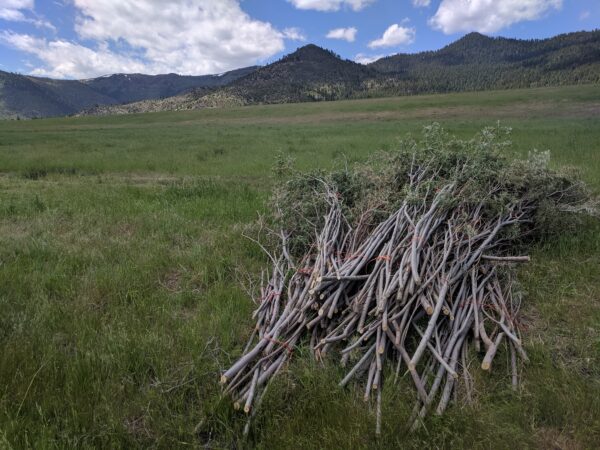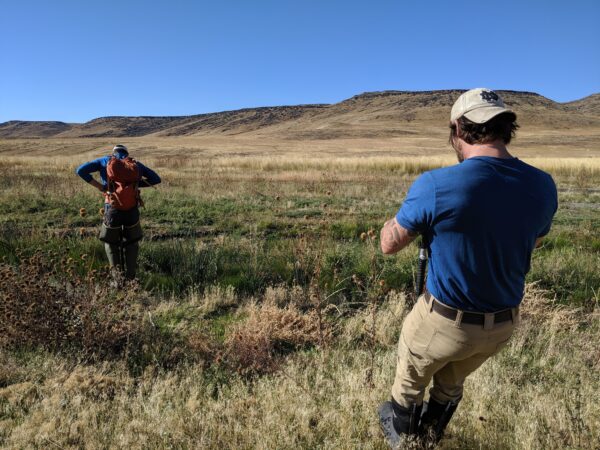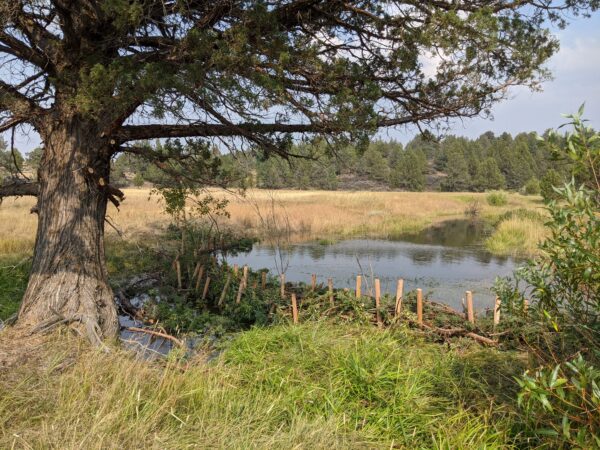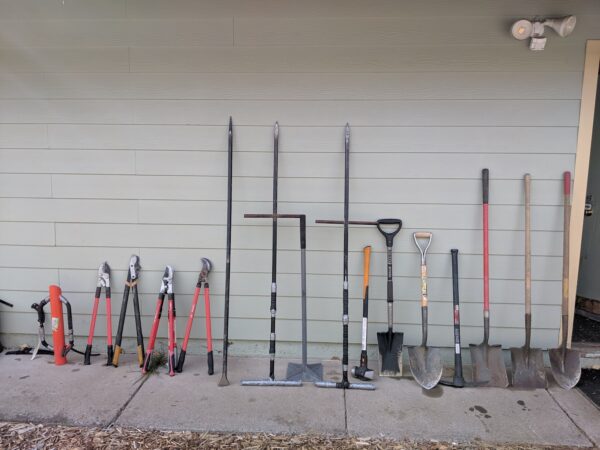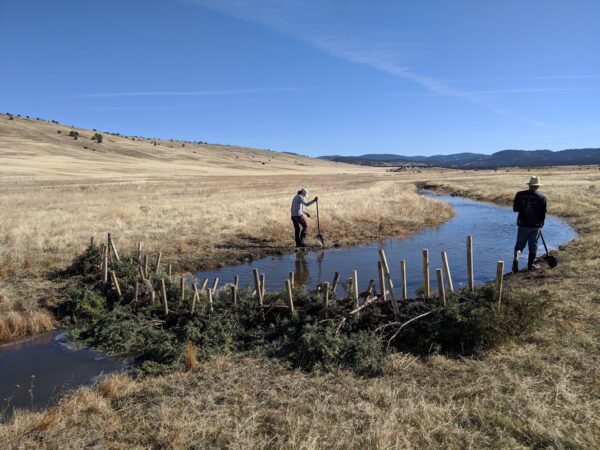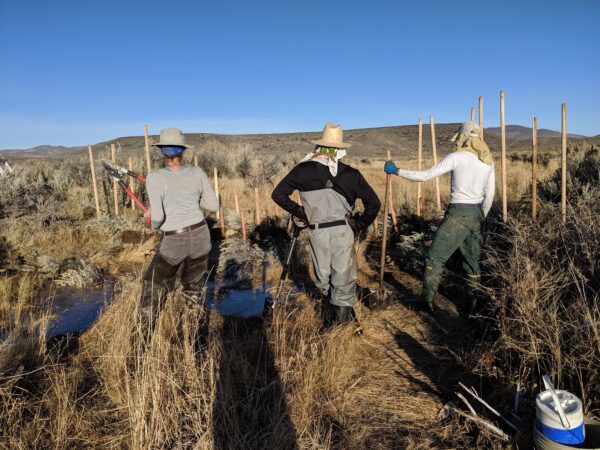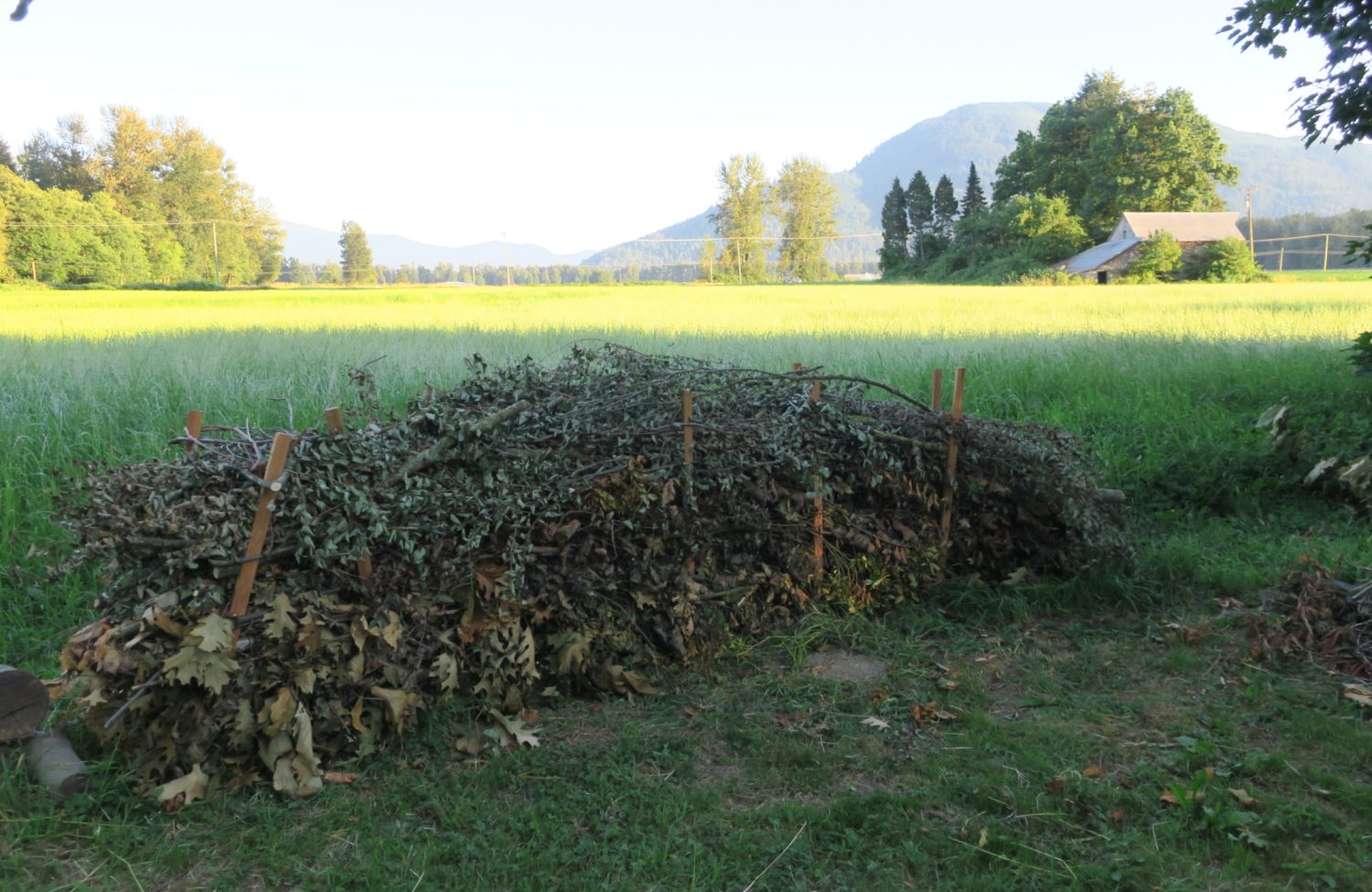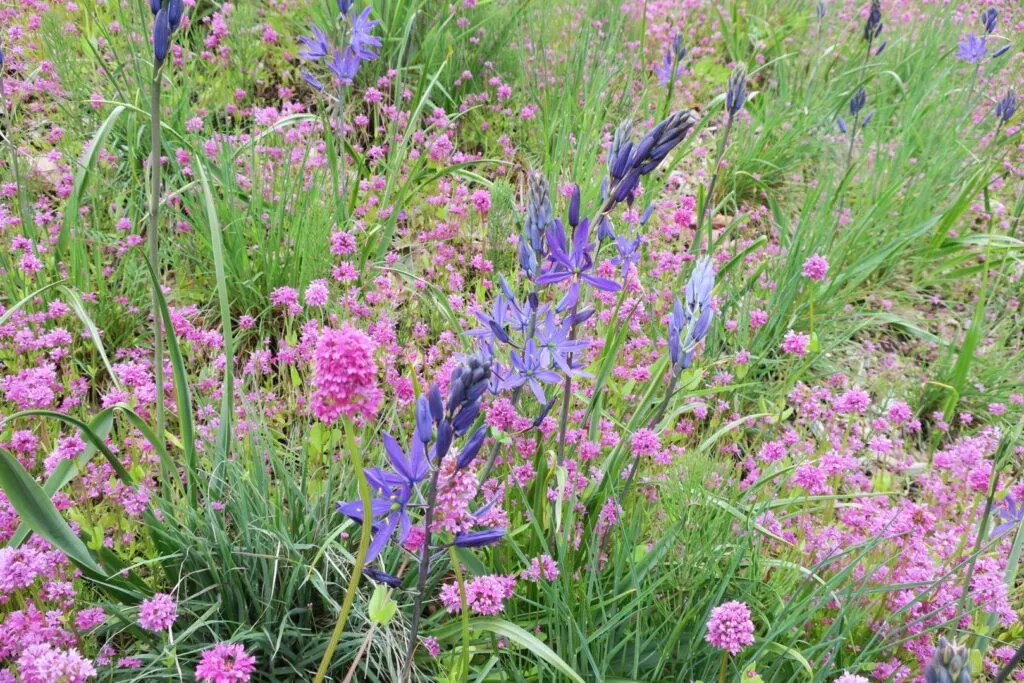Of Willow and Beaver: Symbiotic Restoration
Apr 8, 2021
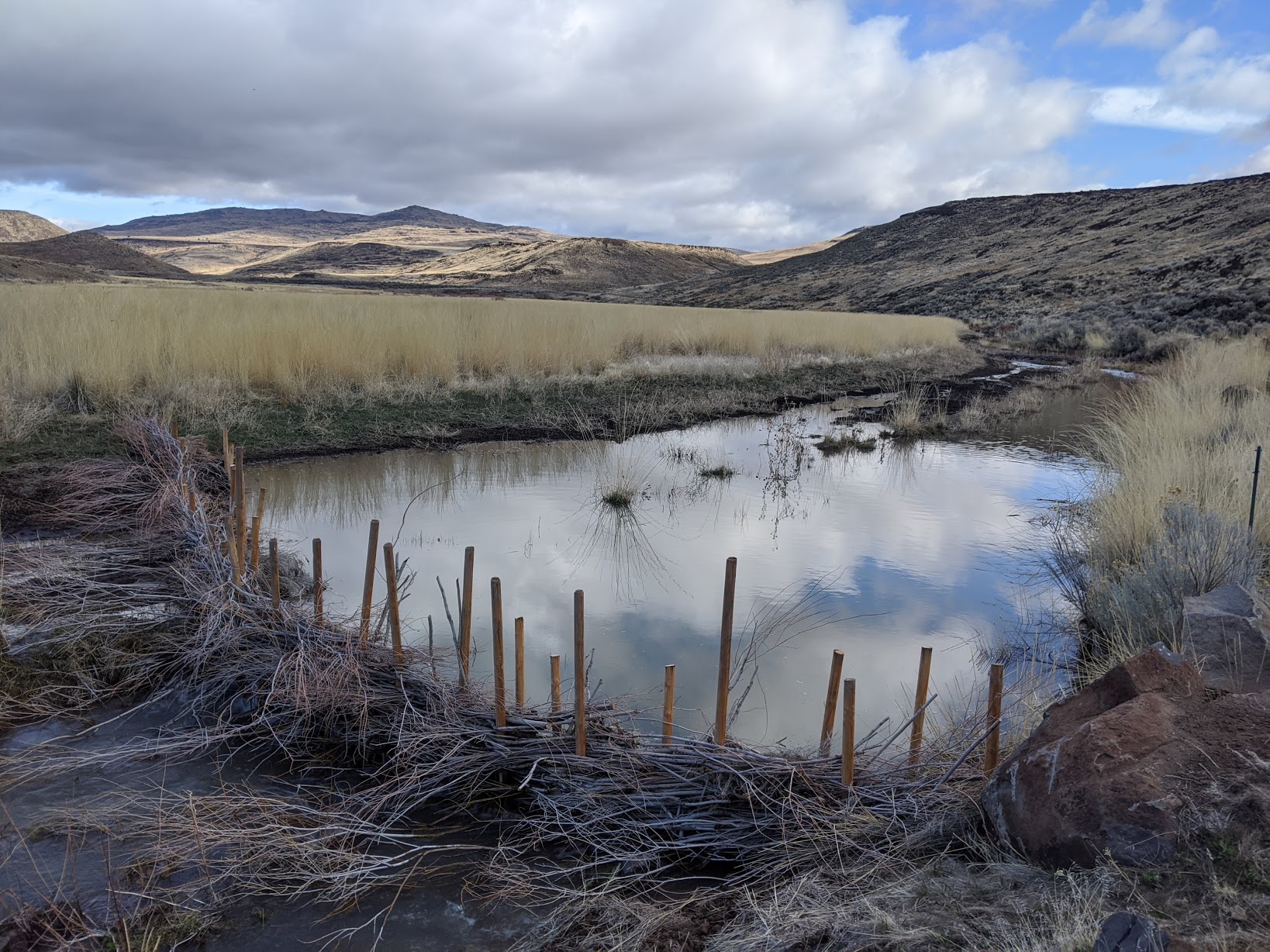
From the fur-trade to the ire of ranchers and farmers, beavers have gotten the short end of the stick. Originally their fur was used as currency and they were killed in alarming numbers to be transformed into popular beaver-skin hats. More recently, ranchers and farmers kill beaver in common practice to avoid the chaos they cause by falling trees and manipulating the flow of water across the land.
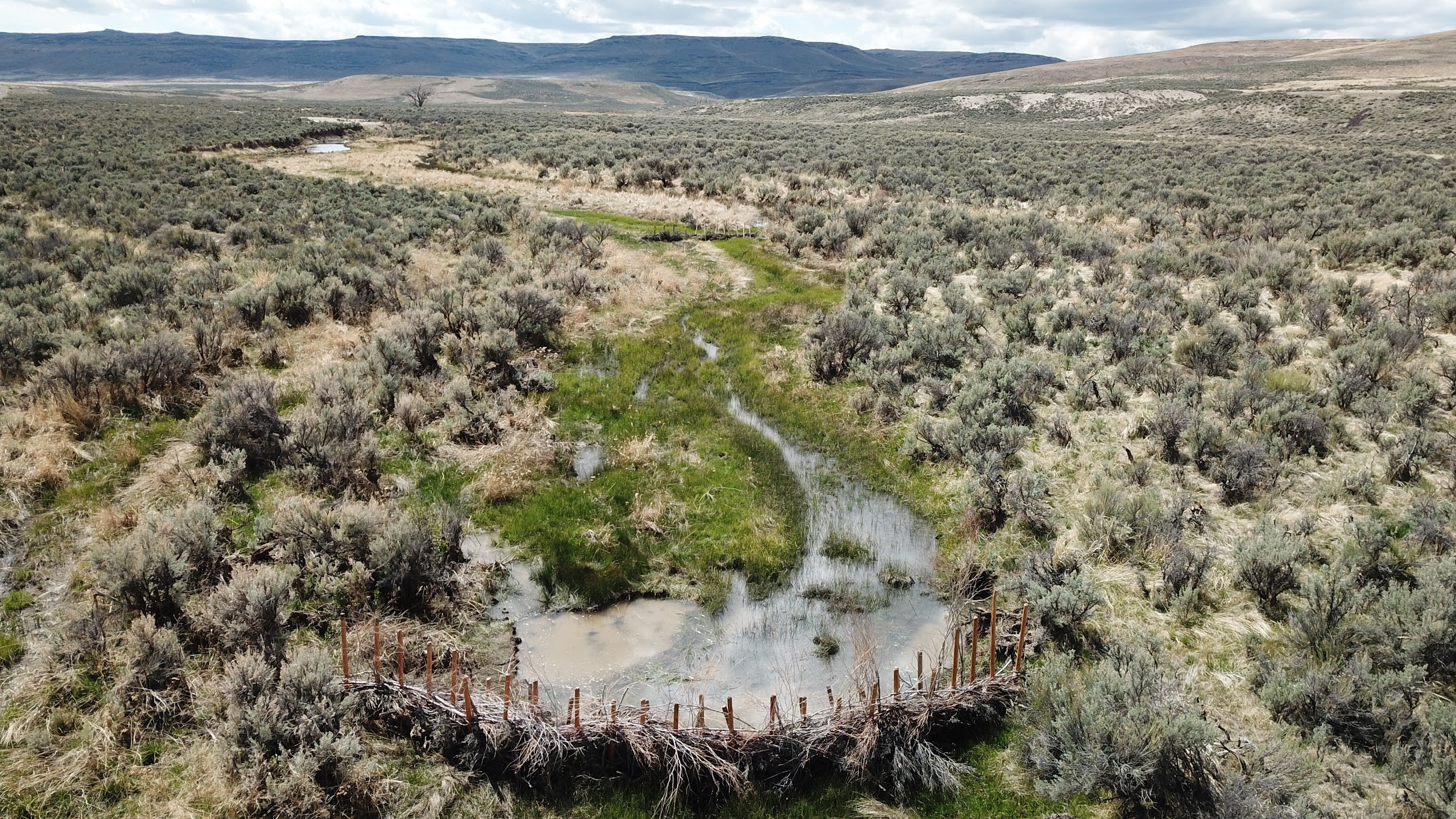
However, this key-stone species has a much-needed ability to increase water-storage capacity across the west coast. When beavers fall trees and dam up sections of creeks and rivers, they aren’t just building a home, or getting a bite to eat, they are shaping and changing the landscape, allowing water to connect to its ancestral floodplain, evenly distributing water that would otherwise become channelized in the streambed. What this means is that when beavers are living and thriving in a system, more water can be stored in the ground rather than following its course out to sea. Basically, beavers create natural, non-invasive dam systems that escalate water quality and quantity dramatically, increasing ground-water percolation, creating natural refugia for fish, retaining sediment, and lowering stream temperatures. Without them streams channelized, temperatures increased, and the landscape became drier at a much faster pace.
Getting beavers back on to the landscape is a start, but it can’t be done without the proper habitat which includes the sumptuous and delectable willow. Willow, much like beaver, also used to thrive in its riparian home but human manipulation and grazing animals’ stream-side overtime have caused this critical trees numbers to plummet where it matters most. Used by beavers as a preferred meal and as dam construction material, this amazing tree has the incredible ability to stabilize banks, regulate stream temperatures, create habitats, and encourage essential nutrient uptakes.
Symbiotic Restoration hopes to be a catalyst in bringing willow and beaver back. Using low-tech, processed based restoration, we construct beaver dam analogs (BDA’s) which mimic the structures created by beavers. Our BDA’s are made up of a variety of natural materials, ideally what is near the project site, but always include willow in their design. Weaving the willow and other debris around untreated posts and shoveling sod and brush around the structure create a natural dam that creates ponding within the stream system. Like a beaver dam, these healing structures can connect channelized beds to their former floodplain, distributing water over the dry landscape. In addition to creating BDA’s, we also plant willows along the riparian corridor to reestablish and stabilize the health of the channel, as well as to create essential habitat for beaver. The hope is that in time the system will use our efforts to repair itself and with that, attract the beaver back to its former home. The philosophy is that” if you build it, they will come.”
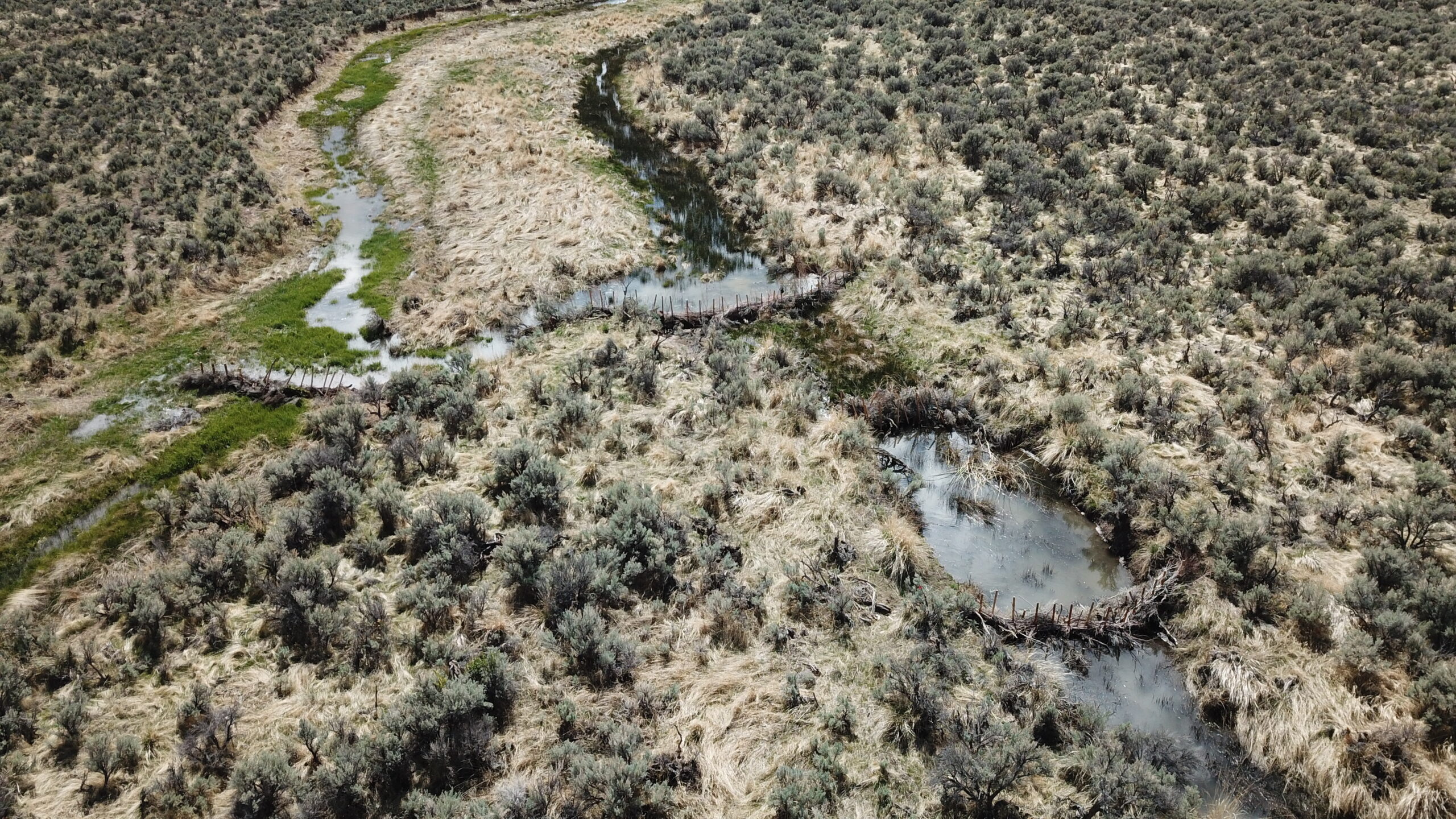
Symbiotic Restoration delved into the world of BDA’s in 2017. After the owner of the company Garrett Costello constructed his first BDA, he was hooked. Finding the work challenging and rewarding, Garrett founded Symbiotic Restoration and began to focus on the beaver. For the first several years Symbiotic consisted of Garrett, his wife Kayla, and the help of volunteers and friends when it came to installing a beaver dam project. Now, in 2021, Symbiotic has four additional employees and an excellent network of volunteer resources. Sites are selected for a project through identification between a conservation organization, such as NRCS, and a private or public landowner. Sites typically feature degraded meadows and incised channels that could benefit from the BDA technique. BDA placement is determined through hydrologic and topographic assessments to understand how water could move through a healthy landscape, or what healing measures are needed to repair an ailing channel. Once placement is determined, a post line of non-treated stakes is installed, and materials are harvested to construct the dams. Creating the beaver dam requires weaving materials through the post line and packing gaps in the structure with earth and sod. Willow planting in the late Fall usually follows this construction phase.
To learn more about our past and current projects, or to find out how you can help, visit symbioticrestoration.com, or email us at symbioticrestoration@gmail.com.
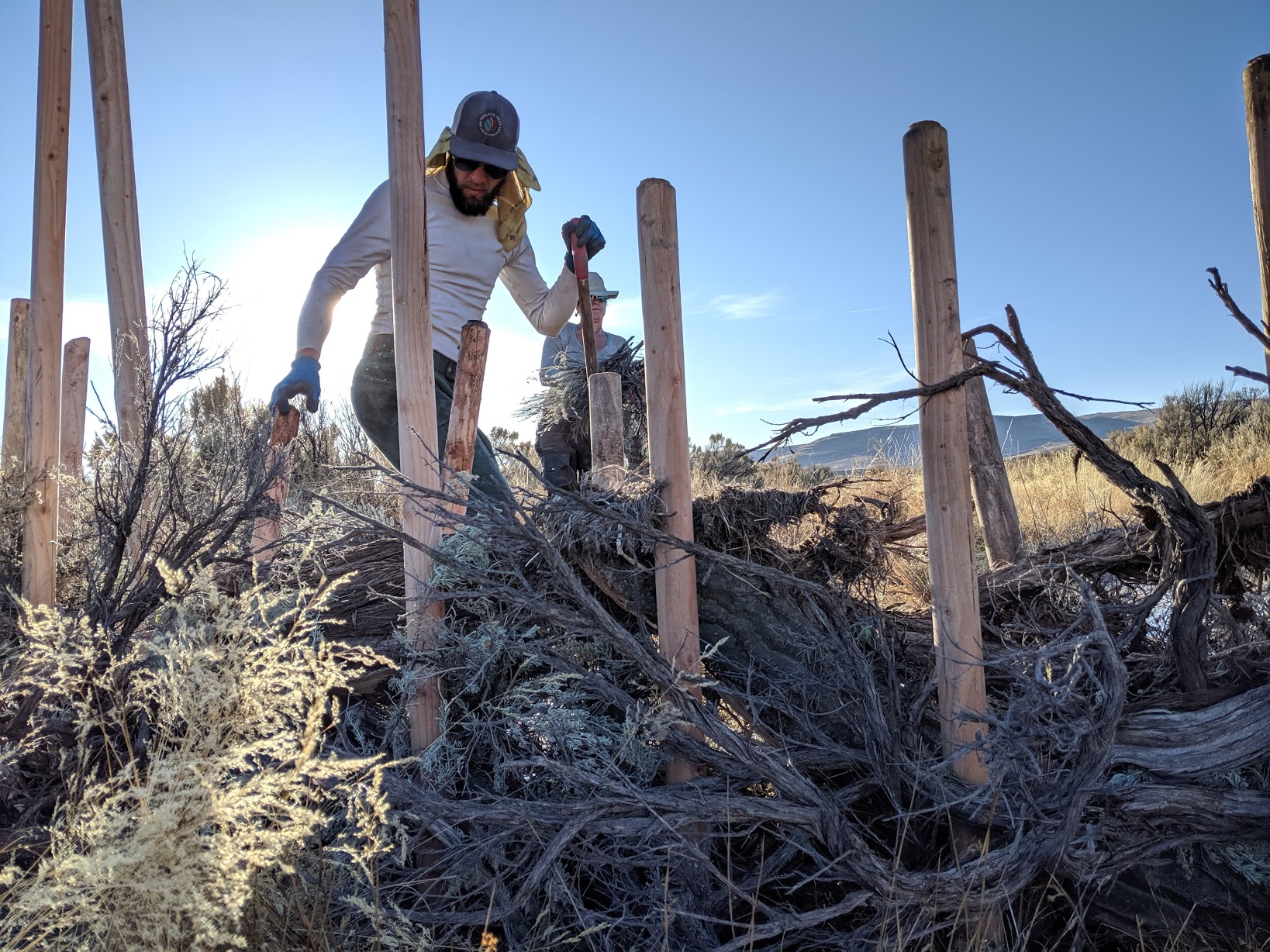
A huge thank you to Garrett and Kayla for taking the time to put this together for us! Symbiotic Restoration is one of our favourite organizations (do yourself a favour and follow them on instagram at, symbiotic_restoration). If you'd like to checkout their work, buy some cool merchandise or volunteer please visit their website. (please note all photos used are owned by Symbiotic Restoration).
We've been so lucky to meet so many great entrepreneurs and creative producers through social media and it's amazing hort community. If you want to join in and share your business and passion for plant life please get in touch with us at Virens Studio or on instagram @viresnstudio we would like to feature you too.
Sara-Jane & Alicia
Virens Studio are naturalistic planting design specialists in the Vancouver, Canada area that love to celebrate the best in horticulture and write all about it. Don't forget to follow us on instagram.
© Virens Studio 2023 (all photos are used for demonstration purposes and do not necessarily belong to us.)
I have to admit, the life of a medieval woodsman appeals to me. Enjoying a cup of tea brewed fire-side, after a long but rewarding day of building dead hedges, hedge laying or producing various coppice crafts. Then retiring to a cozy caravan parked up beneath the stars. Traveling the countryside and living close to…
How to Build a Dead Hedge: What’s Old is New Again
If you’re interested in planting design, ecological gardening or urban landscape design, you’ve probably come across some rather academic phrases. Like, building plant communities and novel ecosystems, plant sociability metics and more. These may seem like concepts that are out of your grasp, too intellectual or just aren’t applicable to you. But, I would venture…
You’ve Heard of Right-Plant, Right-Place: Now Add Right Maintenance
aka Garry Oak Ecosystem aka White Oak, Oregon Oak or Oregon White Oak There’s nothing quite like British Columbia’s coastal Garry oak ecosystem in the spring; a softly undulating dreamscape of purply-blue Camassia punctuated by low twisted oaks and mossy boulders. It’s beauty can be overwhelming. But this landscape doesn’t exist in a vacuum, it…
